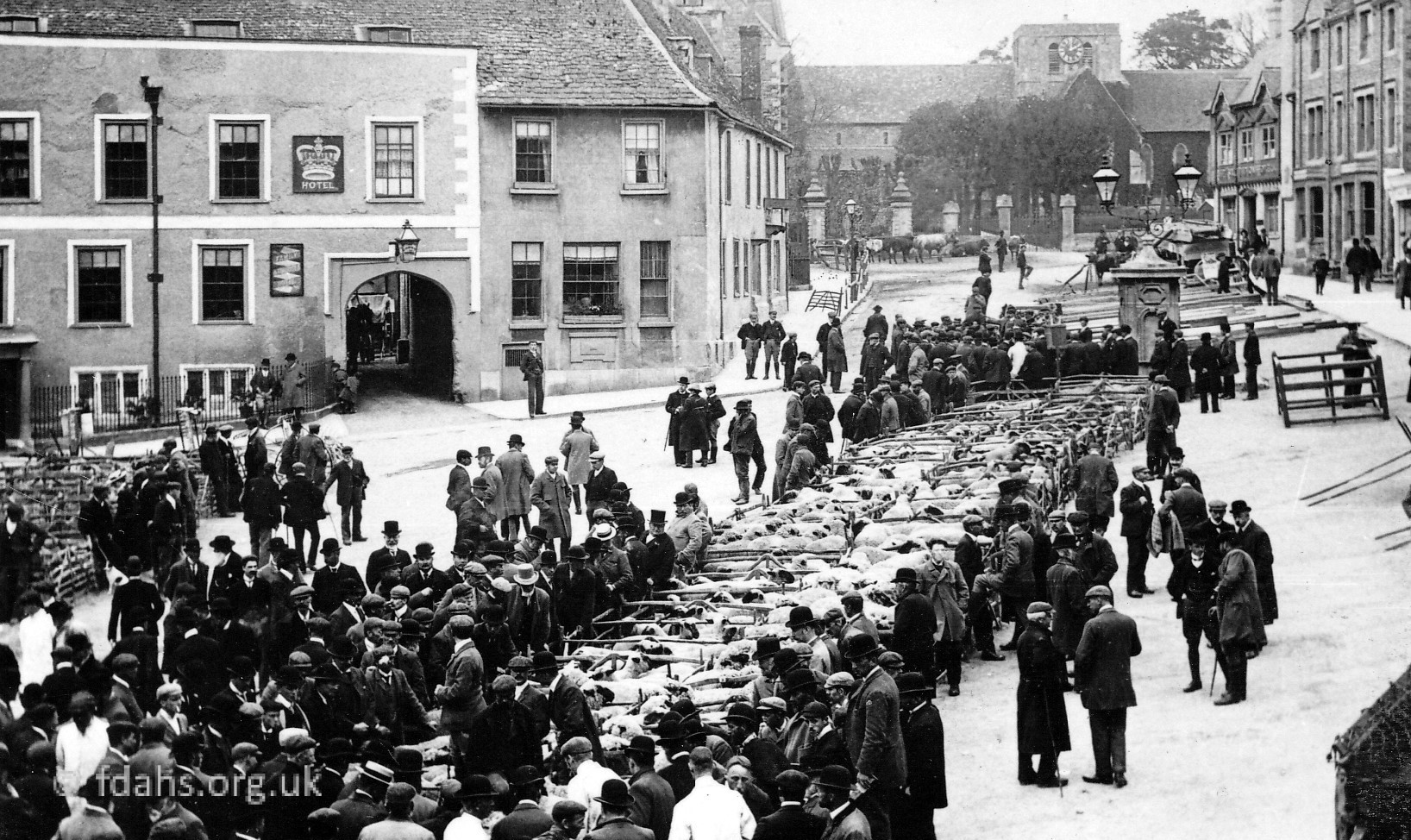A small number of hedges were dated and recorded. This was done by counting the number of different species in a 30m length which gave an estimate of the age of the hedge – one for every hundred years.
Hedges pre-date the Anglo Saxons but the majority were planted during the enclosures of the 18th and 19th centuries when some 200,000 miles of hedges were created. These hedges contain 15% of our broad leaved trees, 600 species of flowering plants, 1,500 species of insects, 65 species of birds and 20 species of mammals. They occupy more land than all of our nature reserves put together. However during the past half century, more and more of these hedgerows have been grubbed up putting the wild life under stress.
Many sayings are attributed to the association with hedgerows and their plants, insects and animals. Hawthorn has had many different names in different parts of the country, such as May tree, hag bush and quickthorn. There is an old weather saying about the Hawthorn ‘cast not a clout ‘til the May is out’, meaning that it is not wise to change one’s winter clothing for cooler clothing until the Hawthorn blossom is out. However it is bad luck to bring these blossoms into the house as it is said to forecast death. Another saying, this time connected to the oak and the ash, is ‘If the oak comes out before the ash, ‘Twill be a year of mix and splash. If the ash comes out before the oak ‘Twill be a year of fire and smoke’.
Plants from the hedgerows have been used for centuries for making items and for supplying remedies for afflictions of humans. The tough timber of Blackthorn was used to make walking sticks. Spindle seeds were baked, powdered and rubbed into hair as a remedy for lice. Elder grown by the house has the power to keep the devil away. Buckthorn was reckoned to be the finest for making gunpowder.
The trees which are accepted as being truly native are:
Alder – Common; Ash; Aspen; Beech; Birch – Downy, Silver; Box; Cherry – Bird, Wild; Crab Apple; Field Maple; Hawthorn; Hazel; Holly; Hornbeam; Juniper – Common; Lime – Large-leafed, Small-leafed; Midland Thorn;
Oak – Common, Sessile; Pine – Scots; Poplar – Black; Rowan; Strawberry Tree; Whitebeam; Wild Service Tree; Willow – Bay, Crack, Goat, White; Wych Elm; Yew.
Those introduced very early:
Almond Bay; Elm – Cornish, English, Plot’s, Smooth-leafed; Chestnut – Sweet; Cypress – Italian; Hazel – Turkish; Judas Tree; Laburnum – Common, Scotch; Laurel – Cherry; Medlar; Mulberry & White; Myrobalan Plum; Oak – Holm; Oleaster; Peach; Pear – Wild; Pine – Maritime, Stone; Plane – Oriental; Popular – Eastern Balsam, Grey, White; Spruce – Norway; Sycamore; True Service Tree; Walnut; Whitebeam – Swedish
Introductions since 1600:
Alder – Grey; Bay – Bull; Cedar of Lebanon; Cypress – Swamp; Fir – Common Silver; Ginkgo; Horse Chestnut; Larch – European; Lime – Common; Locust Tree; Maple – Norway, Red; Monkey-puzzle; Oak – Cork, Red, Scarlet, Turkey; Pagoda Tree; Pine – Corsican; Plane – London; Poplar – Lombardy; Privet – Chinese; Sweetgum; Tree of Heaven; Tulip Tree; Zelkova
